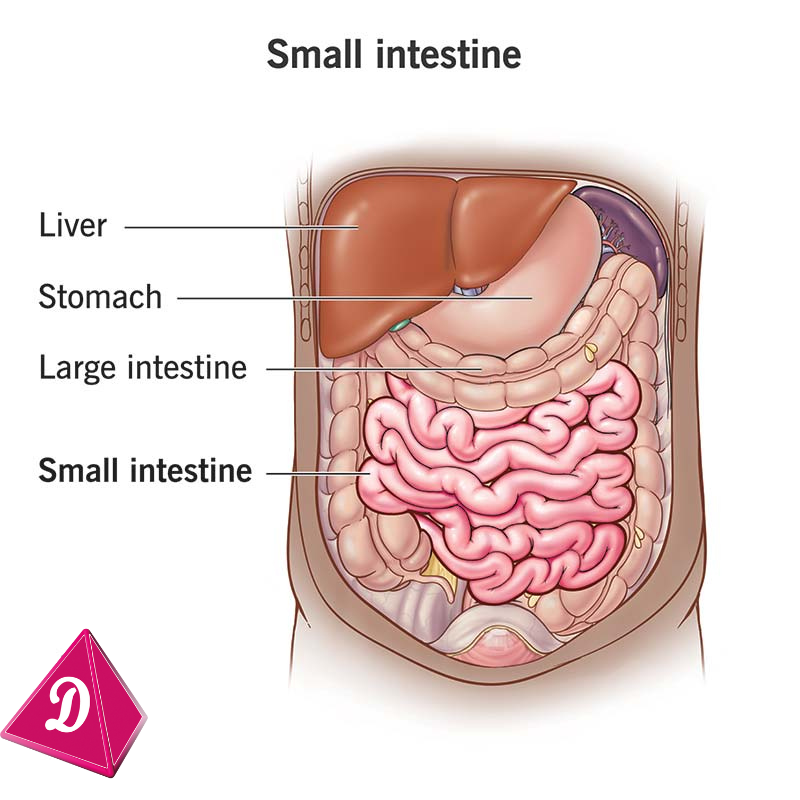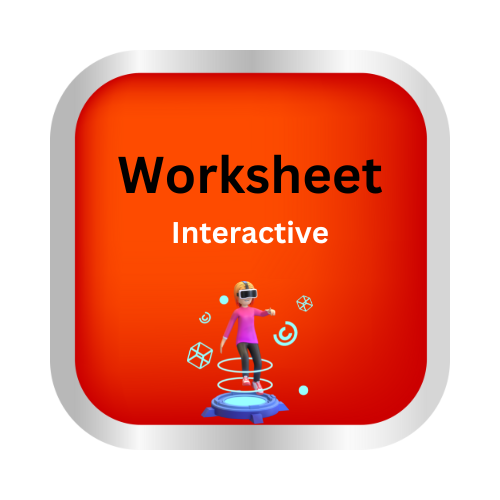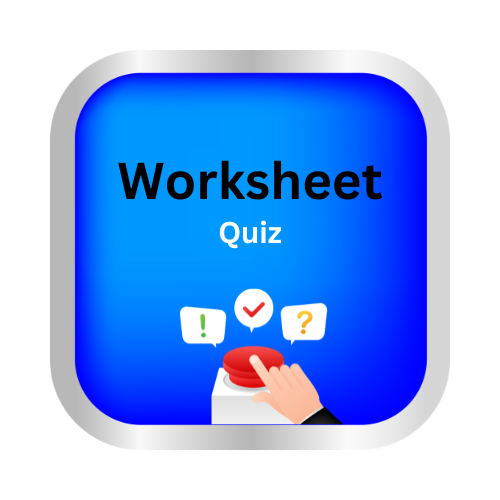The Digestive System
Key Notes :

What is the Digestive System?
- The digestive system is the part of our body that breaks down food into nutrients that our body can use for energy, growth, and repair.
Main Parts of the Digestive System:
- Mouth: The starting point where digestion begins. Teeth chew the food into smaller pieces, and saliva helps break it down.

- Esophagus: A tube that connects the mouth to the stomach. Food moves down this tube through a process called swallowing.

- Stomach: A stretchy, bag-like organ that mixes food with stomach acids, turning it into a thick liquid called chyme.

- Small Intestine: The longest part of the digestive system where most nutrients are absorbed into the blood.

- Large Intestine: Absorbs water and forms waste, which is later removed from the body.

- Anus: The end of the digestive system, where waste leaves the body.

How Digestion Works:
- Step 1: You chew food in your mouth, mixing it with saliva to make it easier to swallow.
- Step 2: The food travels down the esophagus to the stomach.
- Step 3: The stomach uses acids and enzymes to break the food down further.
- Step 4: The broken-down food moves into the small intestine, where nutrients are absorbed into the bloodstream.
- Step 5: The leftover waste moves into the large intestine and is eventually excreted.
Why is Digestion Important?
- Digestion helps our body get the energy and nutrients it needs to stay healthy and active.
- It allows our body to absorb vitamins, minerals, proteins, and other nutrients that help us grow.
Fun Facts:
- The small intestine is about 6 meters (20 feet) long!
- It takes about 24 to 48 hours for food to pass through the entire digestive system.
- The stomach produces strong acids, but its lining protects it from getting damaged.
Let’s practice!

